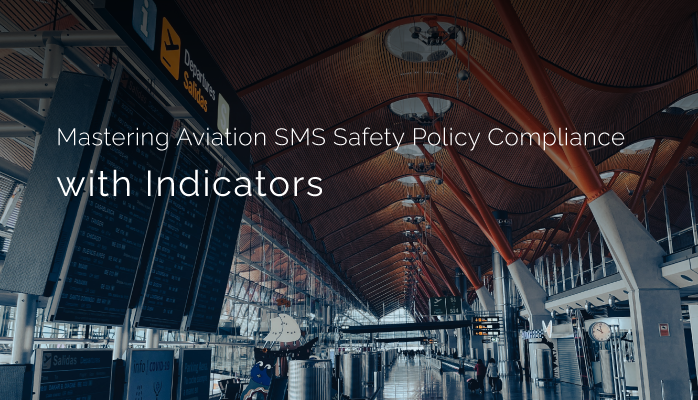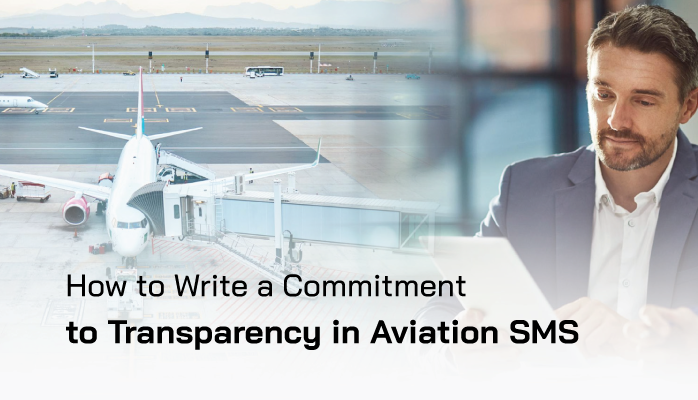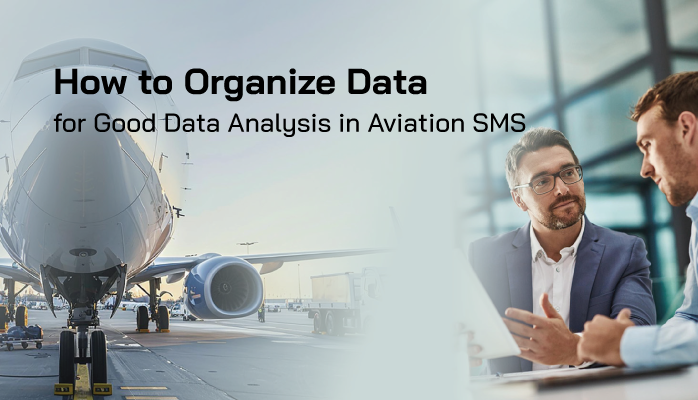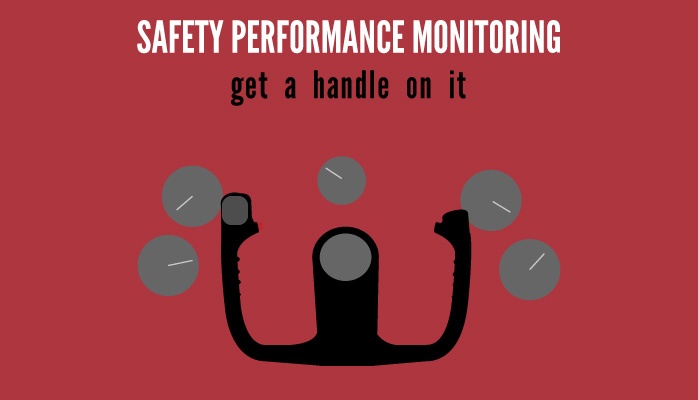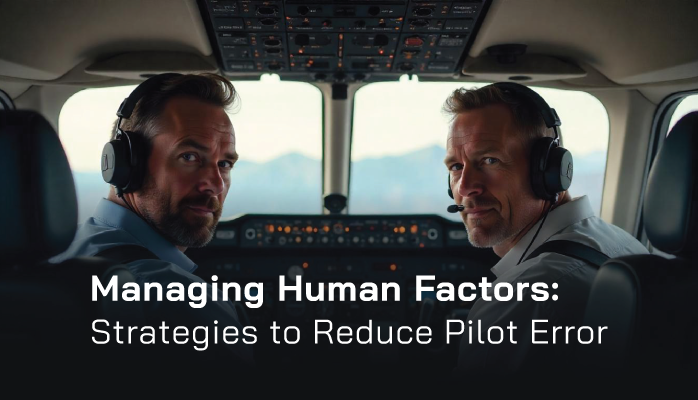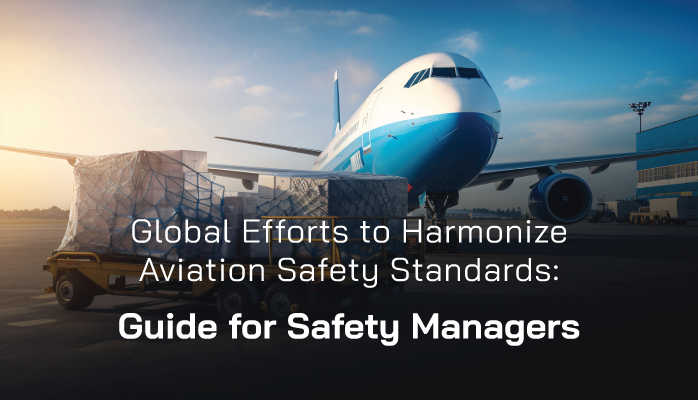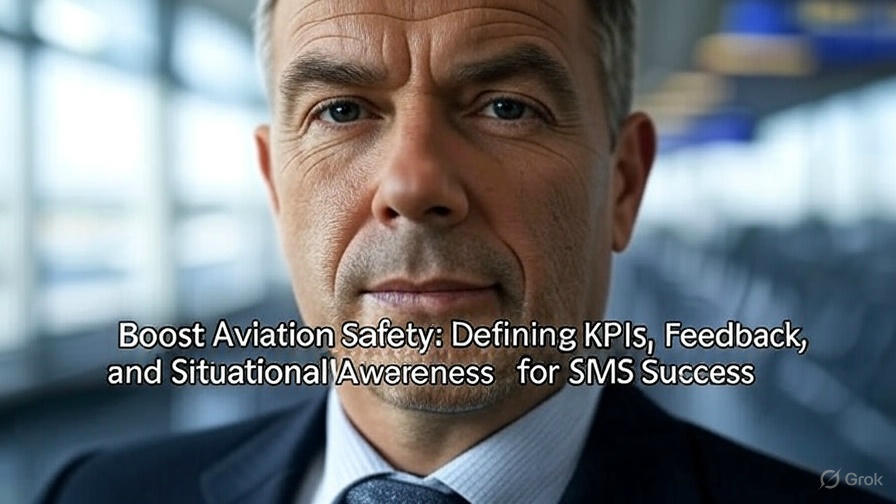Three Stages of Aviation SMS Compliance
There are three levels in the hierarchy of aviation SMS compliance, each with varying degrees of safety performance. Arriving at even the first marker of compliance can take years.
Aviation SMS safety policy will be the first area that organizations focus on for achieving compliance in phases I and II in aviation SMS implementation.
The three levels in the hierarchy of aviation SMS compliance hierarchy are the compliance elements:
